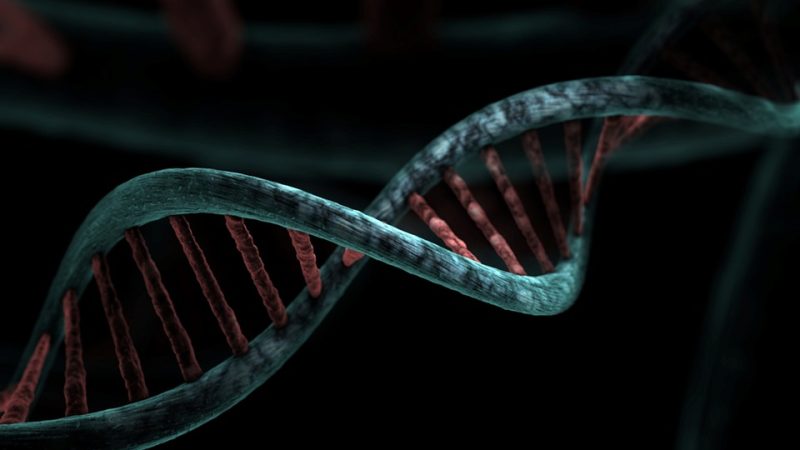In the past years the advent of microbiome research was facilitated by a tremendous decrease in DNA sequencing costs. The progression of sequencing technology and the growing demand for large datasets (beyond the size of the human genome) enabled this favorable progress, which even surpassed Moore’s Law. There are various technologies that benefited from these developments and many of them have a set position in modern laboratories.
The sequencing costs of the equivalent of the human genome decreased 20,000-fold in the past 15 years and allow us nowadays to explore genetic information at an incredible depth. It is estimated that only 3-5% of all bacteria can be cultivated under laboratory conditions, thus next-generation sequencing (the principles are visualized below in an animation by the Institute of Molecular Medicine Finland) is the only way to explore the so-called microbial black boxes. This term is used for genomic or expressed (RNA & proteins) information that is hidden within the uncultivable microbial fraction. One of the DNA sequencing-based tools is known as amplicon sequencing. It uses genetic markers to identify and quantify microorganisms in complex communities. If functional information needs to be retrieved from single microorganisms or even whole communities, other tools are required. DNA shotgun sequencing allows the simultaneous analysis of several millions of reads after a standardized fragmentation and rearrangement process. Powerful computers are subsequently required to run bioinformatic pipelines, which put the sequencing data in a meaningful context. RNA sequencing (transcriptomics) follows similar technological principles, but requires sufficient amounts of messenger RNA (mRNA) to obtain information on gene expression.
Researchers at acib are currently combining amplicon-based community analyses with metagenome and –transcriptome analyses to resolve the structure and function of complex microbial communities associated to plants and other natural products. Recently, the decontamination efficiency of novel antimicrobial substances (ACIB partner – Roombiotic) in combination with hatchery eggs was evaluated with next-generation sequencing tools. These substances could substitute the application of cancerogenic formaldehyde, which is currently used to remove pathogenic bacteria from egg shells. Moreover, sustainable decontamination methods would drastically reduce the impact on the environment. Within this study, amplicon sequencing-based data provided strong evidence that potentially pathogenic bacteria can survive the treatment if certain application times are not kept. This knowledge will be implemented in future process developments and increase the reliability of novel decontamination products.
Additional technologies, which are based on other biomolecules than DNA and RNA, are gaining ground and will soon deliver comparable information density to next-generation sequencing. Here, proteomics (comprehensive detection of proteins in a complex sample) and metabolomics (comprehensive detection of metabolites in a complex sample) are the most promising tools for future microbiome explorations.
Movie (Vimeo): Next Generation Sequencing Technology in a Nutshell
This work is based on:
An cooperation with TU Graz start-up Roombiotic
Picture credits: Pixabay

